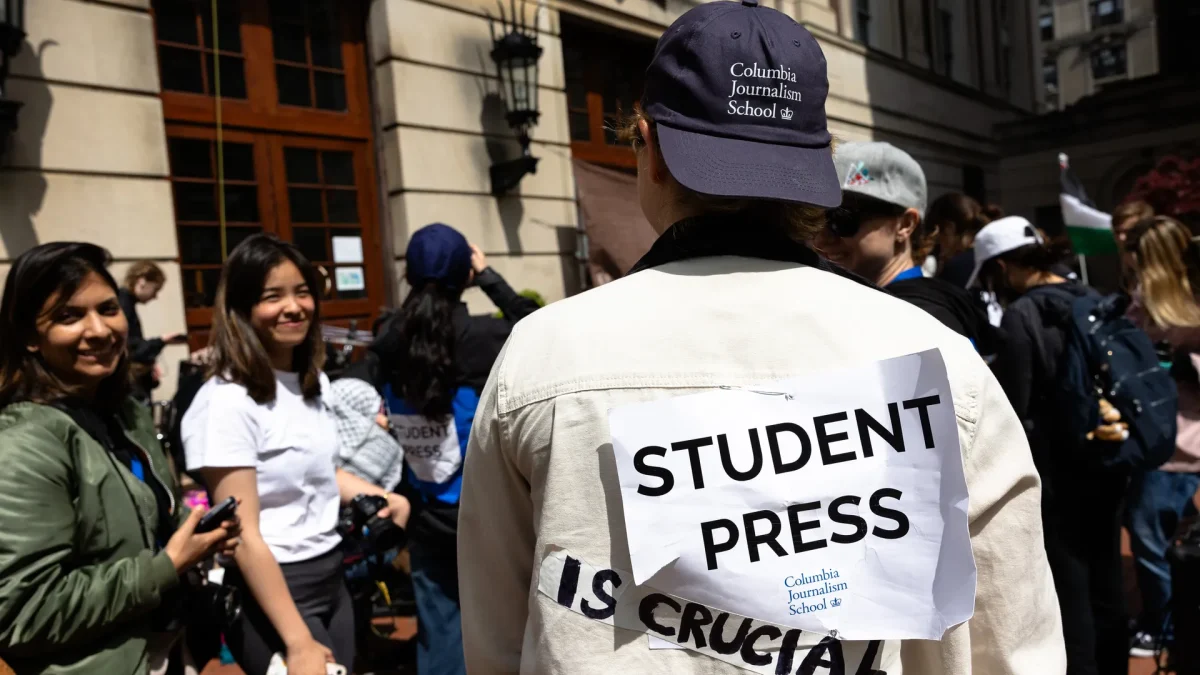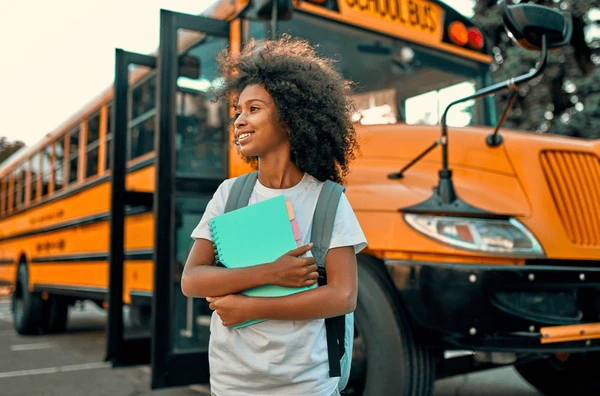In an era where information is more accessible than ever, student journalism has emerged as a powerful platform for young voices to report on the issues that matter to them and their communities. From high schools to universities, student journalists are not only honing their writing and reporting skills but also playing a crucial role in shaping public discourse. They tackle a wide range of topics, from local events and social issues to global affairs, providing fresh perspectives and insights.
This article explores the significance of student journalism, highlighting its impact on young reporters, their communities, and the broader media landscape. We will examine the benefits and challenges faced by student journalists and discuss the importance of fostering media literacy in education.
The Importance of Student Journalism

- Empowering Young Voices:
- Student journalism empowers young people to express their opinions and share their stories. It provides a platform for students to voice their concerns, advocate for change, and engage with important issues. By reporting on topics that resonate with their peers, student journalists can influence public opinion and inspire action.
- Developing Critical Thinking Skills:
- Engaging in journalism helps students develop critical thinking and analytical skills. They learn to evaluate sources, assess credibility, and distinguish between fact and opinion. These skills are essential not only for journalism but also for navigating an increasingly complex media landscape.
- Fostering Media Literacy:
- In a world saturated with information, media literacy is more important than ever. Student journalism initiatives often incorporate lessons on media ethics, fact-checking, and responsible reporting.
- Building Community Connections:
- Student journalists often cover local events and issues, fostering a sense of community engagement. By reporting on school activities, community events, and social issues, they help bridge the gap between students and their communities. This connection can lead to increased awareness and participation in local initiatives.
- Encouraging Collaboration and Teamwork:
- Working on a student inca berita or media project encourages collaboration among peers. Students learn to work together, share ideas, and support one another in the pursuit of a common goal. This collaborative environment fosters leadership skills and prepares students for future teamwork in various professional settings.
Types of Student Journalism
- School Newspapers:
- Traditional school newspapers remain a staple of student journalism. They provide students with opportunities to write news articles, opinion pieces, and feature stories. School newspapers often serve as a training ground for aspiring journalists, allowing them to practice their craft and develop their voices.
- Online News Platforms:
- Many student journalists are now utilizing online platforms to reach wider audiences. Digital news sites allow for multimedia storytelling, incorporating video, audio, and interactive elements. Online platforms also enable students to engage with their readers through comments and social media, fostering a more interactive journalism experience.
- Broadcast Journalism:
- Student-run television and radio stations offer opportunities for students to gain experience in broadcast journalism. Through producing news segments, interviews, and live reports, students learn the technical skills required for audio-visual storytelling while developing their on-air presence knowledge.
- Podcasts:
- The rise of podcasts has opened new avenues for student journalism. Students can create audio content focused on topics relevant to their peers, conducting interviews and exploring issues in depth. Podcasts allow for creative storytelling and can reach audiences beyond the traditional school community.
- Investigative Reporting:
- Some student journalists take on investigative projects, delving into important issues within their schools or communities. This type of reporting encourages thorough research, critical analysis, and ethical considerations, providing students with valuable experience in uncovering and reporting complex stories.
Challenges Faced by Student Journalists
- Limited Resources:
- Many student journalism programs operate with limited budgets and resources. This can hinder their ability to produce high-quality content, access training, or attend professional development workshops. Schools and communities must recognize the value of student journalism and provide necessary support.
- Censorship and Press Freedom:
- Student journalists often face challenges related to censorship and restrictions on their reporting. School administrations may impose limits on what can be published, stifling students’ ability to express their views. Advocating for press freedom in educational settings is essential to ensure that student voices are heard.
- Balancing Academics and Journalism:
- Student journalists must balance their academic responsibilities with their journalism commitments. This can be particularly challenging during busy school years or when facing deadlines. Time management skills are crucial for students to succeed in both areas.
- Navigating Ethical Dilemmas:
- Student journalists may encounter ethical dilemmas, such as conflicts of interest or issues related to privacy and sensitivity. Educators should provide guidance on ethical reporting practices to help students navigate these challenges and make informed decisions.
- Building an Audience:
- Attracting readers or viewers can be challenging for student journalism programs. Establishing a strong online presence and engaging with the community are essential for building an audience. Marketing and promotion strategies can help student journalists reach their target demographics.
Success Stories in Student Journalism
- The New Voices Movement:
- The New Voices movement advocates for student press freedom across the United States. This initiative has led to legislative changes in several states, protecting students’ rights to publish without censorship. Student journalists involved in this movement have successfully fought for their rights and raised awareness about the importance of free expression.
- The New York Times Student Journalism Program:
- The New York Times offers a program that provides high school students with the opportunity to publish their work on the Times’ platform. This initiative connects students with professional journalists, offering mentorship and guidance while showcasing their stories to a broader audience.
- Local Investigative Projects:
- Many student journalism programs have undertaken investigative projects that address pressing community issues. For example, students may investigate local government transparency or environmental concerns, leading to impactful stories that prompt discussions and drive change.
The Future of Student Journalism
- Embracing Technology:
- As technology continues to evolve, student journalism will likely adapt by incorporating new tools and platforms. Virtual reality, data journalism, and interactive storytelling are just a few areas where student journalists can innovate and engage their audiences in exciting ways.
- Collaborative Initiatives:
- Partnerships between schools, local news organizations, and community groups can enhance student journalism programs. Collaborations can provide students with access to resources, mentorship, and real-world experiences that enrich their learning.
- Focus on Diversity and Inclusion:
- The future of student journalism should prioritize diversity and inclusion, ensuring that a wide range of voices and perspectives are represented. Encouraging students from different backgrounds to participate in journalism will lead to more comprehensive and balanced reporting.
- Continued Advocacy for Press Freedom:
- Advocating for student press freedom will remain crucial as student journalists navigate challenges related to censorship. Ongoing efforts to educate school administrators and policymakers about the importance of free expression will help protect students’ rights.
- Integration of Media Literacy in Education:
- Incorporating media literacy into school curricula will empower students to critically engage with media and become informed consumers. By understanding how media works, students can better navigate the complexities of information in the digital age.
Conclusion: The Power of Young Voices
Student journalism plays a vital role in shaping the narratives of today’s society. By empowering young voices to report on the issues that matter to them, we foster a generation of informed, engaged citizens who are equipped to navigate the complexities of the modern world.
As student journalists continue to break new ground, it is essential to support their efforts, advocate for their rights, and provide them with the resources they need to thrive. By investing in student journalism, we not only enrich the educational experience but also strengthen our communities and democracy.
Read Also About Visual Literacy In today’s image-driven world, visual literacy has become an essential skill. It involves the ability to interpret, analyze, and create visual content—whether it’s a photograph, infographic, video, or artwork.


